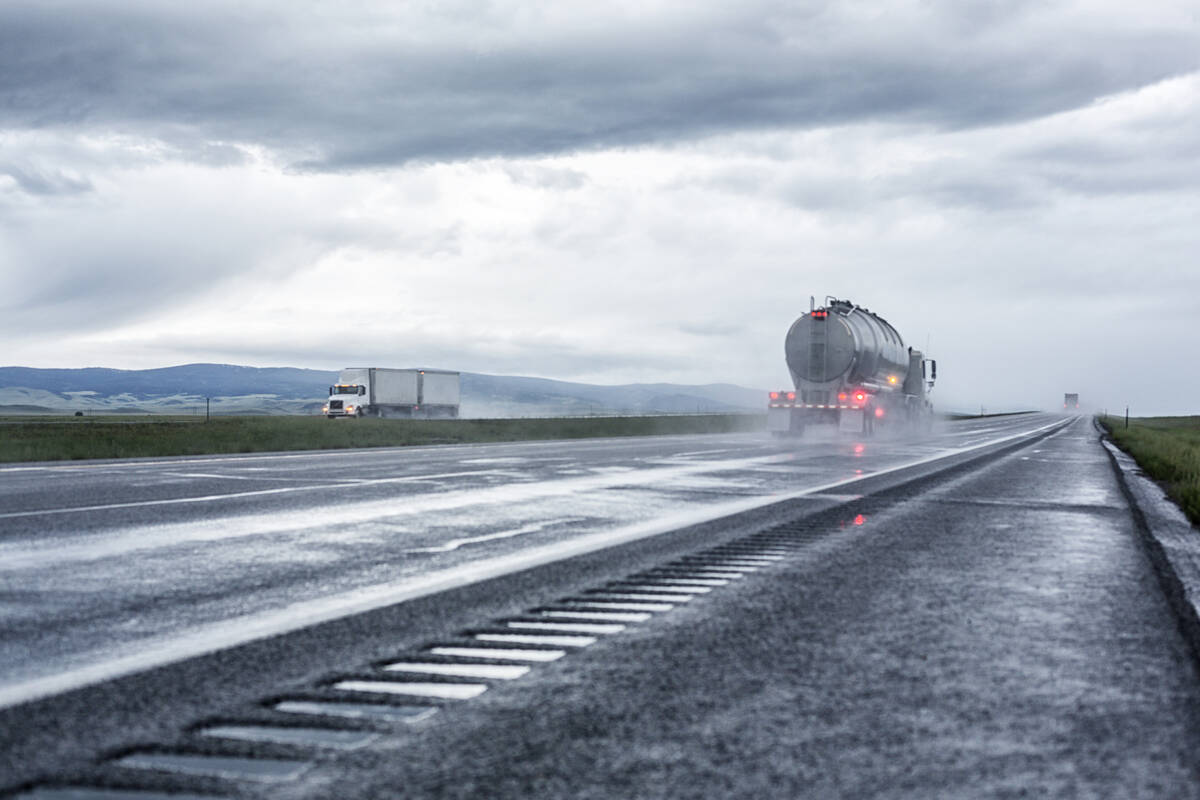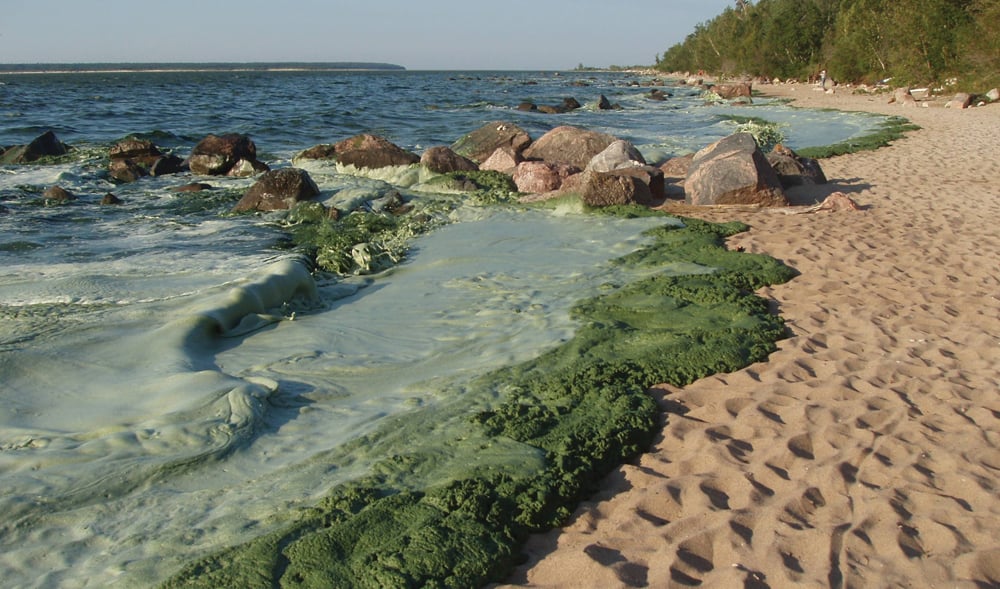A year after the Keystone Agricultural Producers (KAP) opted to participate as the provincial government developed “A Made-in-Manitoba Climate and Green Plan,” some KAP members are asking why the farm organization doesn’t oppose a carbon tax.
“I find this entire carbon tax thing to be a complete fiasco and I view our prime minister (Justin Trudeau) as a quisling,” Starbuck farmer Ed Rempel said during KAP’s fall advisory council meeting here Nov. 2.
“Why are we supporting a carbon tax?”
KAP president Dan Mazier said KAP’s position was determined democratically.
Read Also

Province pledges funds to CentrePort Canada
The Manitoba government has pledged $450,000 towards projects at inland port CentrePort Canada.
“If there’s a different way of dealing with the reality by all means bring it forward in a resolution, Mazier said. “But I appreciate the comments because it has been a very long year. Now we have something we can move forward with.”
Mazier, who said the issue has been divisive, hopes to get KAP members’ feedback at district meetings being held around the province Nov. 13 to 17.
Would be imposed
The “reality” Mazier alluded to, was that a year ago the Manitoba government told KAP the province will have a carbon tax one way or another. That’s because the federal government announced it would impose one if provinces didn’t develop their own.
KAP chose to push for a carbon tax exemption on carbon emissions resulting from farming as well as on farm fuels, and to encourage the government to invest some of its carbon tax revenue to help farmers reduce carbon emissions and help the environment.
The Manitoba government unveiled its plan Oct. 27, which includes a flat $25-a-tonne carbon tax starting sometime next year. (The federal government’s plan would start at $10 a tonne and rise to $50 by 2022. The federal government said if Manitoba’s plan doesn’t go to $50 it will be non-compliant.)
Manitoba’s plan also includes some of what KAP sought, including a carbon tax exemption on emissions caused by farming and on purple fuel.
The plan also proposes working with farmers to sequester carbon and tackle flooding, droughts, drainage and wetland and grassland restoration and preservation.
Agriculture heard
In an interview later Mazier agreed KAP got much of what it sought.
Manitoba’s carbon tax is expected to earn the government $258 million a year — $74 million of it from homeowners.
Much of that money will come from the carbon tax that will add an extra 5.2 and 6.7 cents a litre on the cost of (non-farm) gasoline and diesel, respectively, and another 4.8 cents per cubic metre on natural gas.
The government hasn’t decided if it will exempt fuels to heat barns and grain dryers.
“If we don’t keep the pressure on it’s going to go the other way,” Mazier said later in an interview.
Mazier told Rempel the Manitoba government understands agriculture. Premier Brian Pallister said purple fuel had to be exempt from the carbon tax because most farmers are price takers and can’t pass the tax on.
Mazier said Manitoba’s plan will bring all government departments together to work on the environment, including agriculture and the environment.
I think that’s a really positive move. We’ll see,” he said.
“We know what it’s like to be locked out of the environmental camp. We’re living that policy today through our surface water management strategy, our (hog) barn moratorium, all that sort of stuff. That is environment policy that we had no say in. I think we’ve turned that corner.
“I think it’s a really good approach. I’ve never seen this much openness and collaboration on the environment and agriculture.”
Ongoing development
New programs to help farmers cut emission and deliver ecological services will likely take a year or two to implement, KAP general manager James Battershill said.
“It certainly is going to be a key component around what the province develops on this file,” Battershill said.
Manitoba has two years to demonstrate its plan to reduce carbon emissions is better than Ottawa’s, he said. Farm programs are likely to be in place no later than 2020 “because they (Manitoba government) need farmers to support them with their challenges with Ottawa,” he said.
The Manitoba government says its plan to reduce carbon should take into the billions of dollars Manitobans have invested and continue to invest in clean hydro electricity.
“I think it is a very valid argument,” Mazier said.
It’s also why in Manitoba agriculture accounts for 32 per cent of the province’s carbon emissions, second only to transportation at 39 per cent, he said. In most other provinces electrical production is one of the biggest emitters.
“We’re (as farmers) not any less efficient, or giving off any more greenhouse gas, than (farmers in) Saskatchewan, Alberta or B.C.,” Mazier said. “But our balance is different in Manitoba… and that’s the predicament… and that’s why they came up with this made-in-Manitoba solution.”
Mazier also noted the plan should prevent large carbon emitters, such as Husky’s ethanol plant in Minnedosa and Koch Fertilizer in Brandon, from leaving the province.
Under what the Manitoba government is calling “output pricing” the province’s eight biggest emitters will be expected not to produce more carbon than is considered the industry standard. If they do they will pay the carbon tax on the overage, rather than on their total emissions. If they emit less they will get a credit, which they can sell or trade.
That system isn’t expected to take effect until 2019.
















